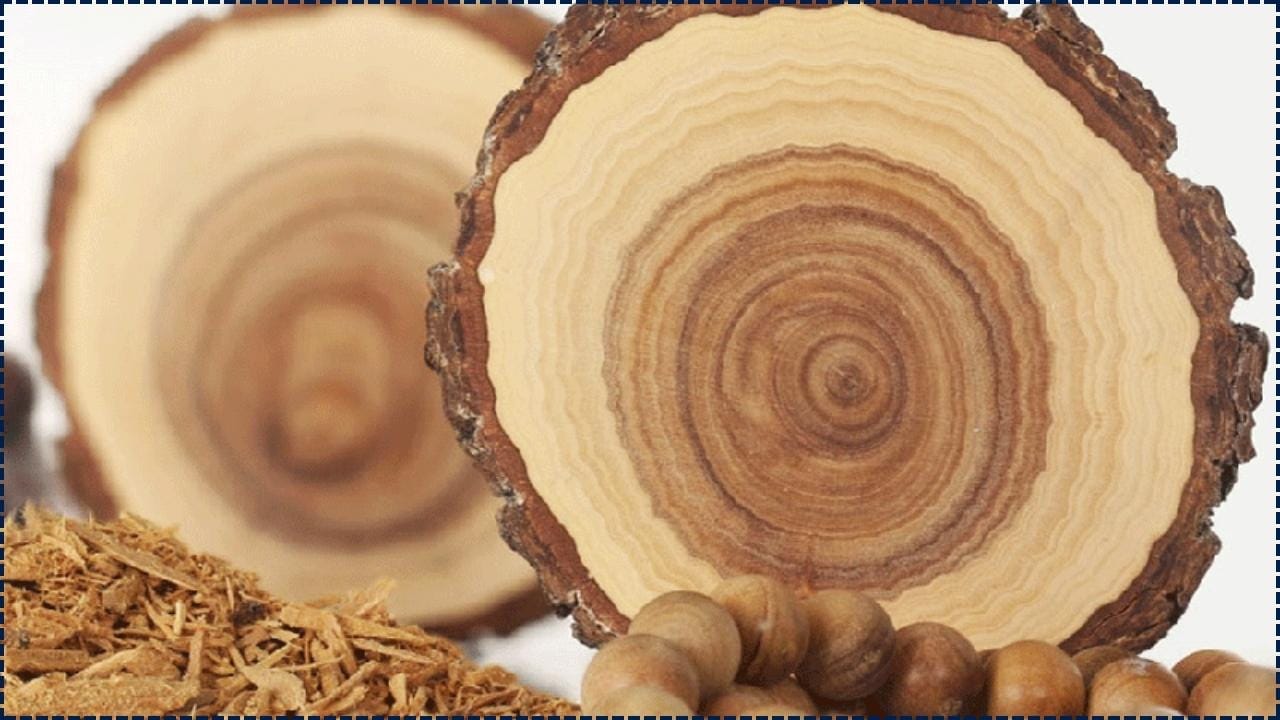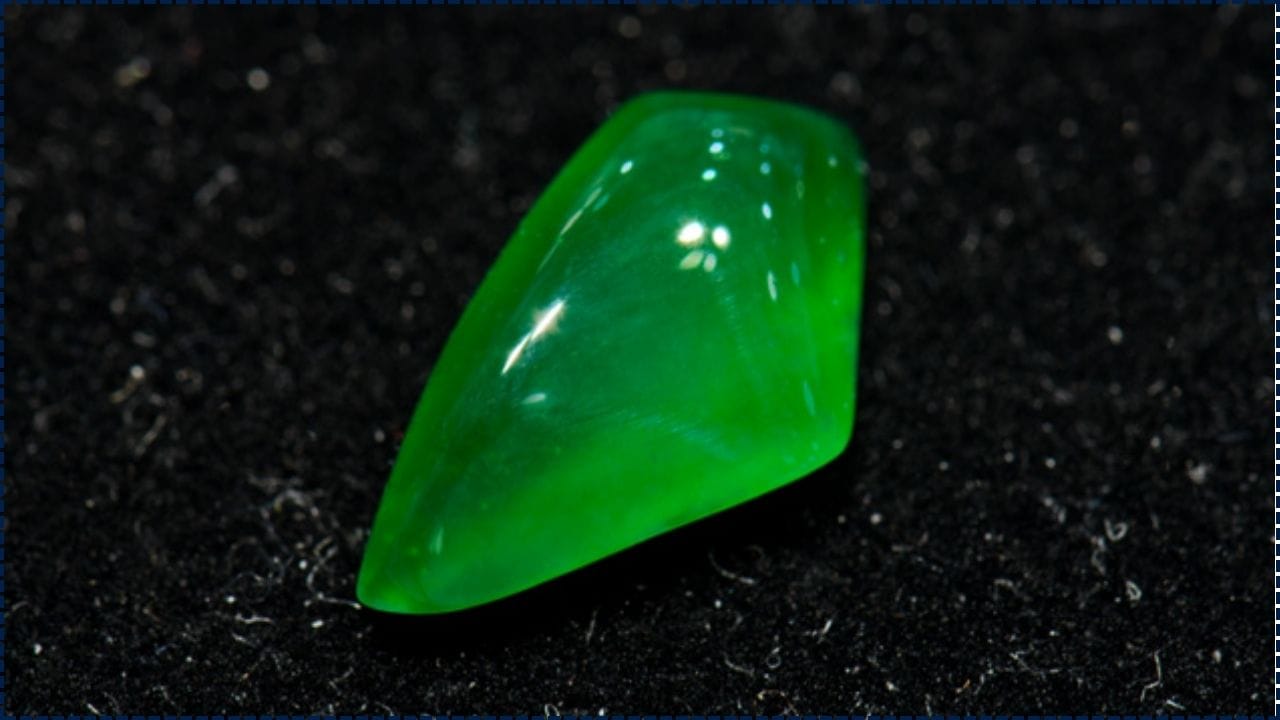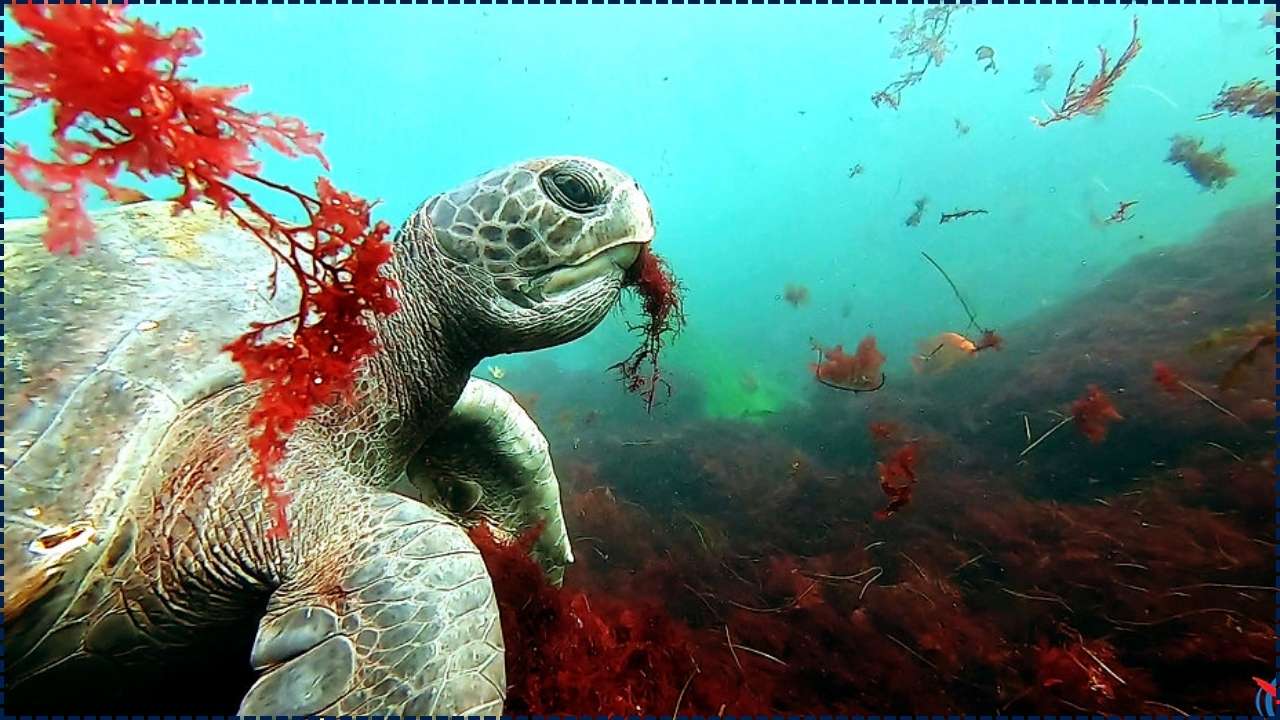NASA
NASA Detects Mysterious Fast Radio Signals from a Dead Satellite—Experts Baffled
NASA’s Relay 2 satellite, presumed inactive since 1967, unexpectedly emitted a powerful fast radio burst (FRB) in June 2024. This discovery has baffled scientists, who are now investigating whether electrostatic discharge or a micrometeoroid impact caused the signal. The incident challenges traditional views on satellite lifespans and FRBs, prompting a reevaluation of how both space technology and fast radio bursts should be studied in the future.
NASA Confirms Radioactive Traces on Mars Are Real—But Not Caused by Nuclear Explosions
NASA’s Curiosity rover has confirmed the presence of radioactive elements on Mars, including xenon-129, uranium, thorium, and potassium-40. However, these traces are not the result of nuclear explosions but rather the product of natural processes, particularly asteroid impacts. This discovery helps us understand Mars’ geological history and is crucial for future human exploration, providing insight into radiation levels and the planet’s potential for sustaining life.
NASA in Awe: James Webb Spots a Bizarre Icy Planet Orbiting a Nearby Star—It Shouldn’t Exist
NASA’s James Webb Space Telescope has captured direct images of 14 Herculis c, an icy exoplanet orbiting just 60 light-years away in a zone where no ice should exist. Estimated at -3°C, this gas giant challenges our core understanding of planetary formation. The discovery forces scientists to rethink frost lines, migration theories, and the potential for life-supporting conditions around other stars. This bizarre, chilly world may be the first of many.
NASA Confirms Rare Celestial Event Outside Our Galaxy—Astronomers Are Stunned
NASA recently confirmed a rare Tidal Disruption Event, dubbed AT2024tvd, where a star was torn apart by a black hole outside its galaxy's center—a highly unusual location. Discovered by the Zwicky Transient Facility and confirmed by Hubble, this event reshapes our understanding of galaxy dynamics and black hole behavior. Learn why scientists are stunned and what this means for the future of cosmic discovery.
NASA Confirms Rare Phenomenon as Three Black Holes Consume Giant Stars
NASA, ESA, and partners have confirmed three spectacular tidal disruption events, where supermassive black holes tore apart giant stars in distant galaxies, producing months-long cosmic flares. These rare events—detected via ZTF, Gaia, Swift, and NEOWISE—reveal hidden black holes and refine our understanding of galaxy evolution. With future surveys like LSST promising thousands of events yearly and gravitational-wave observatories on the horizon, we’re entering a bold new era of multi-messenger black hole science.
NASA to Launch Series of Rockets to Study Unexplained Ionospheric Clouds Disrupting Global Communications
NASA's SEED mission is launching Terrier–Improved Malemute rockets from Kwajalein Atoll (June 13–30, 2025) to study Sporadic‑E ionospheric plasma layers—patchy high-altitude clouds that disrupt GPS, aviation comms, and radar. With onboard probes and vapor tracers, SEED will gather in-situ data to feed predictive models. These insights aim to enhance navigation systems, aviation safety, and satellite resilience—bridging the gap between space‑weather science and real‑world application.
This Changes Everything”: NASA Finds Exomoons That Could Support Life in Distant Worlds
NASA-backed research is opening doors to exomoons—moons orbiting distant planets that might support life. Candidates like Kepler‑1625b I and a volcanic moon near WASP‑49 b have emerged. Scientists use methods like transit timing shifts and spectral sodium trails, with tools like JWST and future missions leading the hunt. Confirming a habitable exomoon would redefine our cosmic neighborhood and deepen the search for life beyond Earth.
NASA Confirms Giant Saharan Dust Cloud Headed for U.S. – Here’s What It Means for Your Health
A giant dust cloud from the Sahara is heading across the U.S. this week, bringing fine PM2.5 particles that can irritate lungs, eyes, and hearts—especially for people with asthma, COPD, or cardiovascular conditions. While the dust helps suppress storms and fertilize ecosystems, it can degrade air quality. Experts advise checking AQI, limiting outdoor activity, using HEPA filters, and wearing masks. With these precautions, you can still enjoy stunning sunsets safely.
NASA Solar Probe Captures Rare Magnetic Explosion Blasting the Sun’s Own Surface
NASA’s Parker Solar Probe directly captured a sunward magnetic reconnection event in the Sun’s corona, triggering plasma jets and charging particles to unprecedented energies. This rare find reshapes our understanding of solar wind origins and space weather dynamics. By mapping this explosive process within millions of miles of our star, scientists are unlocking new tools for protecting satellites, guiding mission design, and refining models. This moment marks a turning point in heliophysics exploration.
NASA Spots Mysterious Towering Formation in Mars’ Atmosphere – Scientists Are Stunned
NASA’s Mars Odyssey orbiter recently captured a stunning image of a massive vertical cloud formation piercing the early morning atmosphere over Mars' Tharsis region. Believed to be composed of water-ice, this rare atmospheric tower likely resulted from terrain-driven orographic lifting. Scientists are calling it the first confirmed "towering sentinel" on Mars, potentially reshaping what we know about the Red Planet’s climate, weather, and its readiness for human exploration.

















